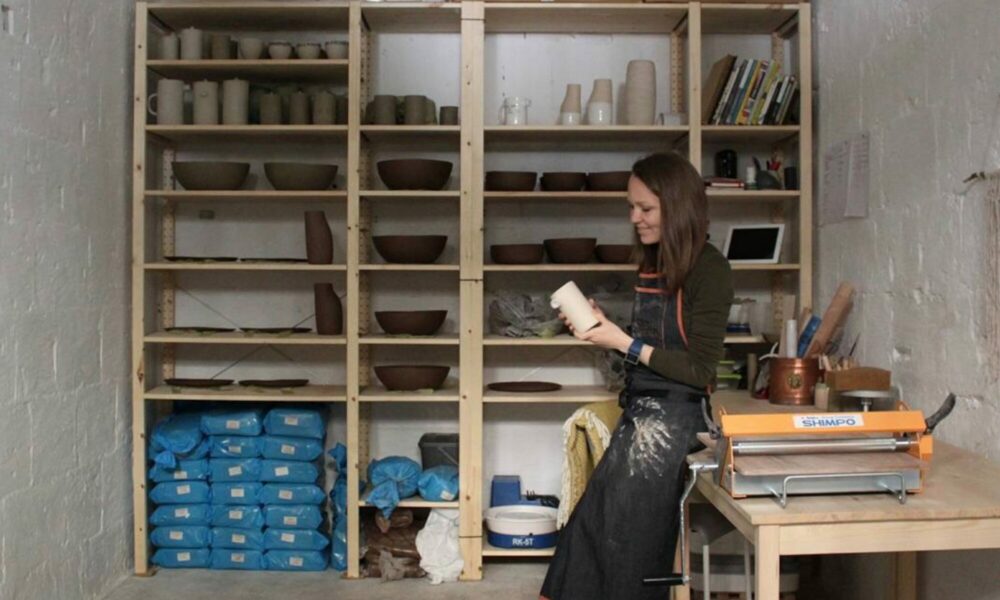

Today we’d like to introduce you to Kira Ni.
Hi Kira, so excited to have you on the platform. So before we get into questions about your work-life, maybe you can bring our readers up to speed on your story and how you got to where you are today?
My clay journey began in a community ceramics class, back in January 2014 in London, UK. I remember my first encounter with stoneware clay – it was hand-building and wheel throwing in tandem. I loved it so much that I would sprint to the class after finishing the day job. When I moved to Malta pottery became my full-time job which is still is after moving to Estonia.
Would you say it’s been a smooth road, and if not what are some of the biggest challenges you’ve faced along the way?
Not having your own kiln or studio as such is very difficult. Pottery equipment is not cheap and to put on top of the pressure of finding the studio makes it hard. Communal studios can offer kiln rents and glazes and you can work from home. Which is what I did at first. Once I got my first kiln I’ve started to work from home full-time but then you are lacking studio visits from customers, quick sales etc.
Thanks for sharing that. So, maybe next you can tell us a bit more about your work?
I’m a potter, which makes me a designer-maker. Currently, I work with stoneware clay and porcelain, creating homeware and tableware. Everything is in small batches, I’m not a productionist. My proudest moment was to be included in the Amber Creswell Bell book called Clay. The thing that sets me apart from other makers is probably that I like to test and to try constantly, which is not that good for the business, since you spend months researching new materials but it what makes me able to create new shapes and colours and new sets, though a very small number.
What sort of changes are you expecting over the next 5-10 years?
A few years back this would have been an easy answer, but with the Covid-19 everything is uncertain and hard to plan. Hopefully, small independent shops that sell handmade items will stay afloat and will offer their customers’ unique products made in small batches. And new galleries will offer exhibitions to less know artists. The biggest shift is probably that makers will move towards their own website and more likely will sell online rather than having a studio shop.
Contact Info:
- Email: kira.ni.ceramics@gmail.com
- Website: https://www.kiraniceramics.com/
- Instagram: https://instagram.com/kira_ni/

















